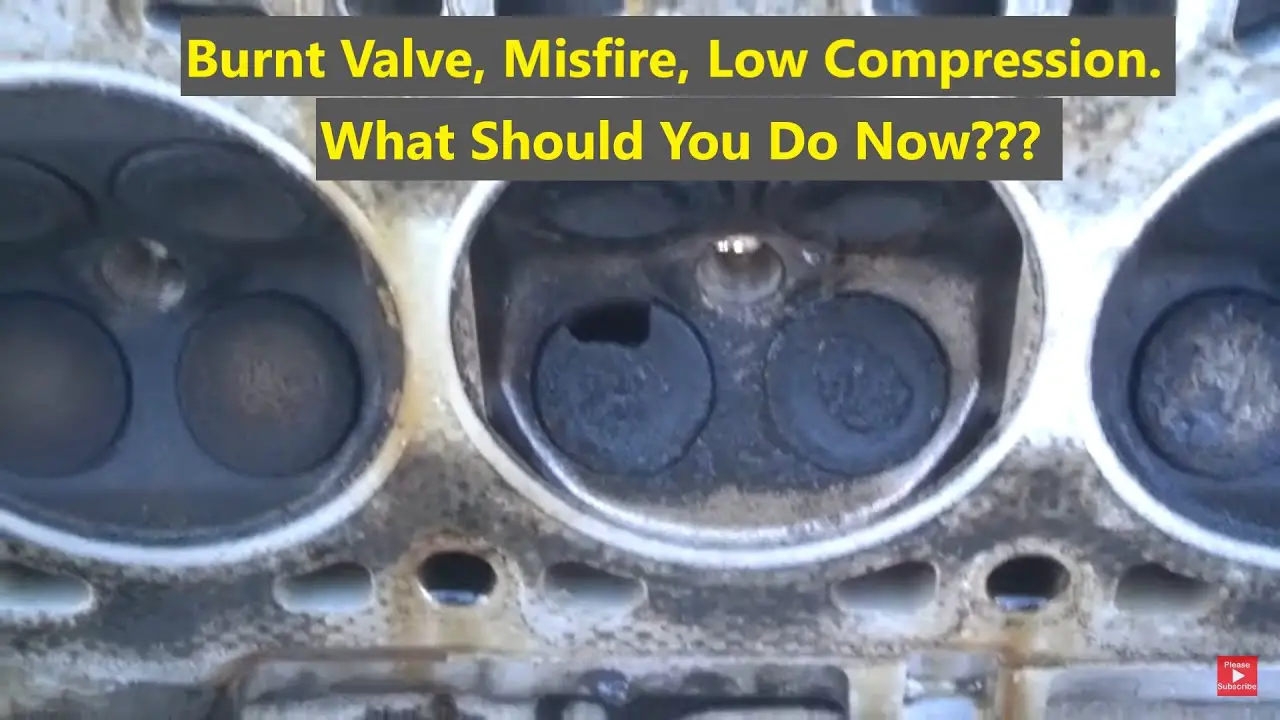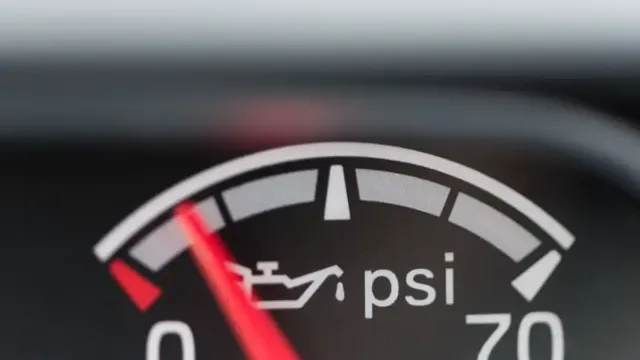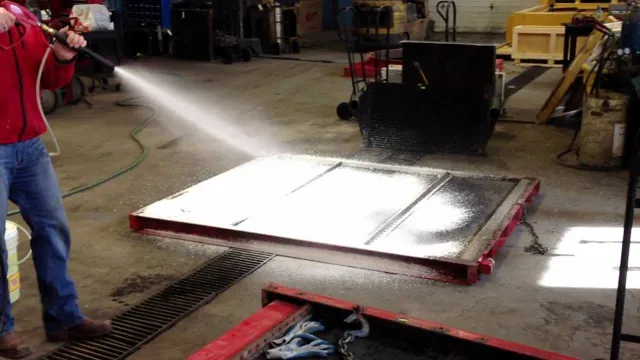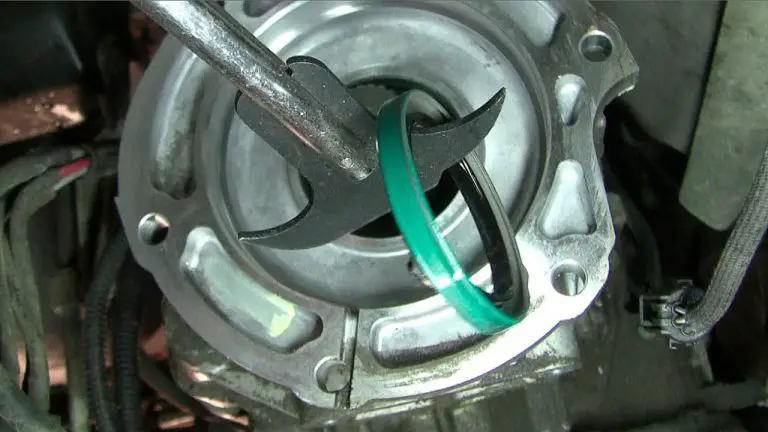How to Fix No Compression in Cylinder 4
Experiencing no compression in cylinder 4 can lead to a rough running engine, a drop in power, and even cause damage to the engine over time. However, diagnosing and fixing this issue can help restore the engine’s performance and prevent further damage. In this article, we will explore the common causes of no compression in cylinder 4 and discuss the steps to fix this issue.

Credit: www.reddit.com
Understanding Compression Loss in Cylinder 4
Before delving into the fixing process, it’s important to understand the potential reasons behind the loss of compression in cylinder 4. The most common causes include:
- 1. Blown head gasket
- 2. Worn piston rings
- 3. Valve issues
Each of these issues can lead to a lack of compression in cylinder 4 and requires specific steps to rectify.
Diagnosing the Problem
Before starting any repairs, it’s crucial to diagnose the actual cause of the compression loss. This can be done through a leak-down test or a compression test, which will help pinpoint the exact problem, whether it’s related to the head gasket, piston rings, or valves.
Compression Test:
A compression test involves using a compression gauge to measure the compression pressure in cylinder 4. A significant variance in pressure between cylinder 4 and the other cylinders can indicate a problem with compression in cylinder 4.
Leak-down Test:
A leak-down test involves applying compressed air to cylinder 4 and measuring the amount of leakage. This test helps determine if the compression loss is due to the valves, piston rings, or head gasket.
Fixing the Issue
Once the problem has been diagnosed, the appropriate steps can be taken to fix the issue:
1. dealing With A Blown Head Gasket:
If the compression loss is attributed to a blown head gasket, the gasket will need to be replaced. This involves removing the cylinder head, replacing the gasket, and ensuring proper torquing of the cylinder head bolts to the manufacturer’s specifications.
2. addressing Worn Piston Rings:
Worn piston rings can be a common cause of compression loss. If this is the issue, the piston rings will need to be replaced. This task typically requires removing the piston from the cylinder and installing new piston rings to restore proper compression.
3. resolving Valve Issues:
If the compression loss is due to valve issues, such as a bent or burnt valve, the cylinder head will need to be removed and the valves inspected. Depending on the condition of the valves, they may need to be repaired or replaced to restore proper compression.
Preventative Measures
Once the issue has been resolved, it’s essential to take preventative measures to avoid future compression loss in cylinder 4. This can include regular engine maintenance, such as:
- • Changing the engine oil at recommended intervals
- • Using high-quality fuel and additives to keep the engine running smoothly
- • Replacing the air filter regularly to ensure proper airflow
- • Checking and maintaining proper coolant levels to prevent overheating
- • Periodically inspecting the engine for any signs of potential issues
Frequently Asked Questions On How To Fix No Compression In Cylinder 4
What Are The Common Causes Of No Compression In Cylinder 4?
The common causes of no compression in cylinder 4 include worn piston rings, damaged valves, or a blown head gasket.
How Can I Diagnose A Lack Of Compression In Cylinder 4?
To diagnose the lack of compression in cylinder 4, perform a compression test using a pressure gauge to measure the compression level.
What Are The Potential Consequences Of Low Compression In Cylinder 4?
Low compression in cylinder 4 can lead to misfires, reduced engine performance, and potential damage to other engine components.
Can I Fix No Compression In Cylinder 4 Without Professional Help?
It’s possible to fix the issue yourself by replacing faulty components or seeking the help of a professional mechanic for more complex repairs.
Conclusion
Experiencing no compression in cylinder 4 can be a concerning issue for any vehicle owner. However, with the proper diagnosis and the appropriate steps to fix the problem, it is possible to restore the engine’s performance and prevent further damage. By understanding the common causes and taking preventative measures, vehicle owners can ensure that their engine continues to run smoothly and efficiently.






